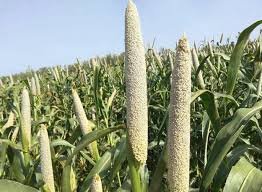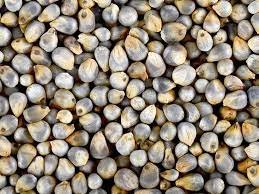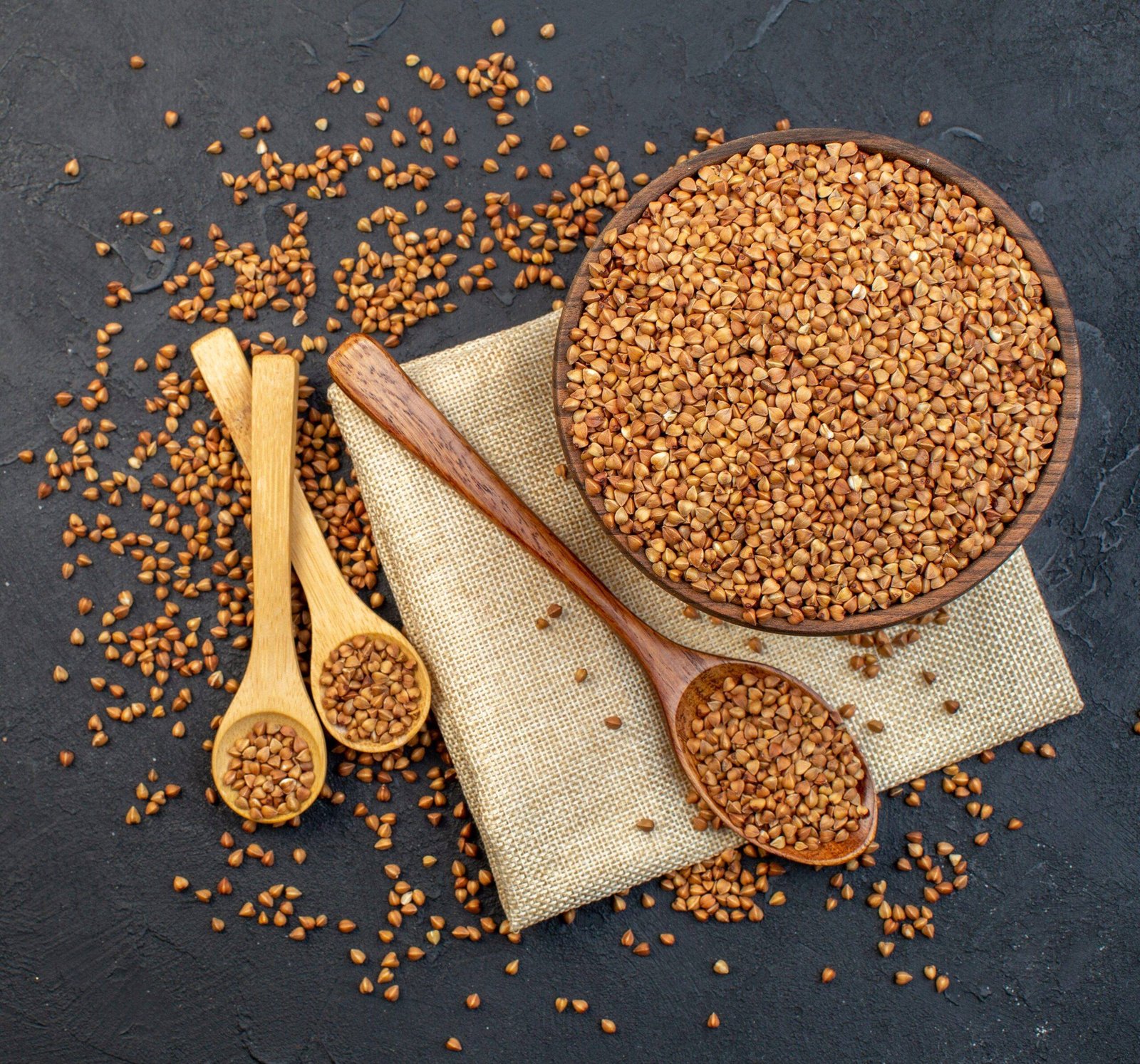Why Bajra is called Pearl Millet?
In the diverse world of grains, one particular gem stands out – Bajra. Often referred to as pearl millet, this nutrient-rich grain has a mystique surrounding its name. Why bajra is called pearl millet, and what secrets does this pseudonym hold? Let’s embark on a journey to unravel the fascinating reasons behind the nomenclature and discover the hidden treasures within this ancient grain.
The Origin of Bajra
Before we delve into why bajra earned the title of pearl millet, it’s crucial to understand its roots. Bajra, scientifically known as Pennisetum glaucum, is believed to have originated in Africa. Over the centuries, it has found its way into various cuisines worldwide, becoming a staple in regions with arid climates, including India.

Why Bajra is Called Pearl Millet:
Unveiling the Mystery To comprehend the rationale behind the moniker “pearl millet,” let’s explore the unique characteristics that distinguish bajra from other grains.
1. Distinctive Appearance: The Pearl-Like Grains of Bajra
One of the most striking features of bajra is the appearance of its grains. The seeds are small, round, and often have a pearly sheen, resembling pearls. This visual resemblance to the precious gem is a key factor in why bajra earned the title of pearl millet.
2. Nutrient-Rich Composition: Bajra's Inner Radiance
Bajra boasts a rich nutritional profile, packed with essential vitamins, minerals, and dietary fiber. The grains are like hidden pearls, holding within them a treasure trove of nutrients that contribute to overall health. The ‘pearl millet’ label encapsulates the idea of this grain being a valuable, nourishing resource.
3. Versatility in Culinary Delights: Bajra's Shimmering Allure in Cuisine
Bajra’s versatility in the kitchen adds to the allure of its ‘pearl millet’ alias. From flatbreads to porridge and even fermented beverages, bajra plays a pivotal role in diverse culinary traditions. This adaptability is akin to the multifaceted nature of pearls, making bajra a shining gem in the world of grains.

4. Resilience in Challenging Environments: The Endurance of Pearl Millet
Bajra exhibits a remarkable ability to thrive in harsh, arid conditions, showcasing a resilience reminiscent of pearls that endure through time. This resilience has made bajra a staple in regions with challenging agricultural landscapes, earning it the endearing title of pearl millet.
5. Cultural Significance: Bajra as a Precious Heritage
In many cultures, bajra holds significant cultural value. Its cultivation and consumption have been woven into the fabric of traditions and rituals. The ‘pearl millet’ label reflects the esteem with which bajra is held, symbolizing it as a precious heritage that transcends generations.
The Lesser-Known Wonders of Pearl Millet:
Beyond its title, pearl millet conceals lesser-known wonders that make it a truly exceptional grain.
1. Gluten-Free Goodness: A Blessing for the Gluten-Sensitive
Bajra is naturally gluten-free, making it an excellent alternative for those with gluten sensitivities. Its flour is a key ingredient in gluten-free baking and cooking, offering a wholesome option for a broader audience.
2. Blood Sugar Management: Bajra's Impact on Glycemic Control
Studies suggest that the consumption of bajra may contribute to better glycemic control, making it a favorable choice for individuals managing diabetes. The complex carbohydrates in bajra release glucose slowly, helping to maintain steady blood sugar levels.
Conclusion:
As we unravel the enigma behind why bajra is called pearl millet, we discover a grain that goes beyond mere sustenance. Bajra, with its pearl-like grains, nutrient richness, and cultural significance, truly earns its regal title. So, the next time you savor a dish made with bajra, remember the hidden pearls within – a testament to nature’s brilliance and the enduring legacy of this ancient grain.

